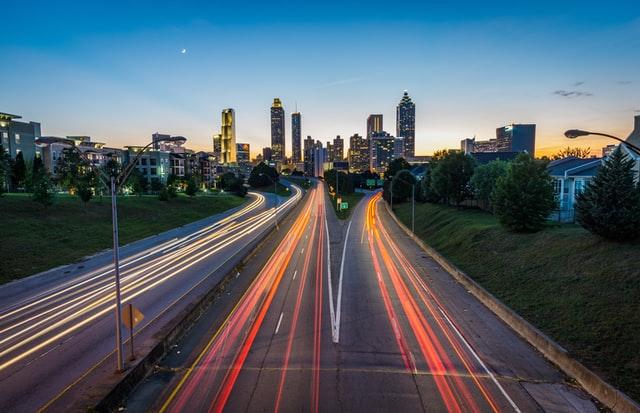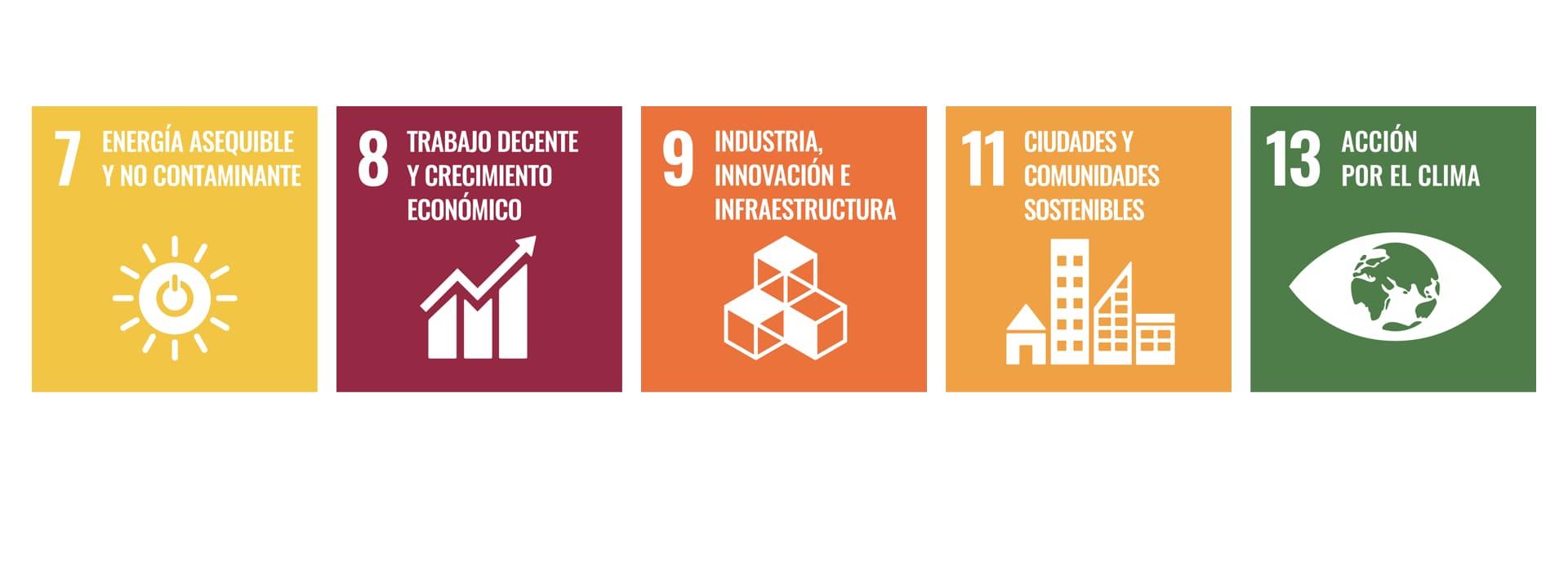Smart cities: innovation and sustainability working side-by-side
11 Enero - 2022
Susana Domingo
Director of the Strategy and Entrepreneurship Academic Area
Director of Postgraduate Course in Innovation and Design Thinking
__
Barcelona is a Smart City, but what exactly does that mean? A smart city is a metropolis equipped with digital technologies focused on optimizing the management of its services and resources, improving the quality of life of its inhabitants, and respecting the environment. Jordan Duffy, a specialist in the Internet of Things (IoT), illustrated it with three examples of technologies that Barcelona applies for this purpose and that, in addition, save the local administration about €150,000,000 each year:
- Switching on and off public lighting based on sunlight sensors
- Watering of public parks and gardens based on soil humidity sensors
- Application to search for parking in blue and green zones, thus saving time, fuel, and polluting gas emissions
From an environmental point of view, the harmful effects of human activity are undeniable and, in fact, the impact of the COVID-19 pandemic has prompted the world to reflect on the environmental implications of our way of life.
Smart cities are equipped with digital technologies focused on optimizing resource management, improving people’s quality of life, and respecting the environment
What is the role of companies in this new reality? Many of them are constantly developing new technologies that offer sustainable solutions to move towards a better world. However, their development and implementation in business is costly due to factors such as uncertainty and resistance to change.
Combining innovation and sustainability
According to the United Nations, by 2030 the world’s population will be around 9.8 billion people, more than half of whom will live in urban areas. By 2050, this figure is expected to rise to 70%. It is therefore necessary to focus on the implementation of innovations that bring sustainability to the world’s cities.
In recent years, several initiatives – both private and public – have used new technologies to improve people’s lives and, significantly, reduce the environmental impact of their daily activities. This is not only due to an awareness of sustainability on the part of business managers, but also to new regulations and increased consumer demand. In this respect, investments in technologies that contribute to sustainability are receiving more and more attention from entrepreneurs, administrations, investors, and consumers. Good examples of this are, according to the international organization World Business Council for Sustainable Development (WBCSD):
- Sustainable mobility
Mobility is responsible for almost 30% of pollutant emissions in large cities. Electric urban mobility initiatives (eCooltra, Yego, Silence, or MEC Carsharing), or transport companies focused on last mile delivery with electric vans and tricycles (EcoScooting or Revoolt), as well as electric cars, present effective solutions, both with respect to environmental and noise pollution. However, these systems still face challenges, such as insufficient recharging points. Emerging companies such as the Catalan unicorn Wallbox are already providing solutions.
- Connections and infrastructure
The rapid growth that cities have historically experienced brings with it various economic and social problems. Effective and participatory planning is an opportunity for cities to orient their development towards sustainability.
Ildefons Cerdà designed Barcelona’s Eixample with innovative ideas (rationality, green spaces, ventilation of the city, pacification, urban circulation, natural lighting in the dwellings, etc.), although his original plans were not fully respected, especially due to the greedy economic exploitation of certain spaces.
Everything that has been said about smart cities, as well as the extension of the underground, tram and rail services, port, and airport infrastructures in a rational and environmentally friendly way, are part of this idea that infrastructures can contribute significantly to sustainability. It is worth mentioning the controversy over the expansion of El Prat airport, planned by AENA, which was stopped by the Generalitat de Catalunya, among others, for not respecting the natural area of La Ricarda
- Renewable energy and energy efficiency
HolaLuz began as a start-up dedicated to the distribution of electricity from renewable sources, even offering the installation of solar panels on the roofs of buildings to produce it. The emergence in the market of companies such as PROT energia, Solarmente, or the cooperative Som Energia, as well as the growing commitment of large energy producers and operators to innovation and the sustainability of their business model, often through Corporate Venturing, are driving the growth of renewable energies and energy efficiency.
- Sustainable and healthy lifestyles
There are already a growing number of initiatives that help consumers with an awareness of individual and collective well-being to consume coherently with their way of thinking: proximity trade (Casa Ametller, Consum Crític Arrels cooperative, El Garrofer); the use of public transport to the detriment of private transport (T-Verda and TMB electric city buses); monitoring energy consumption at home and at work (Grup Simon, Boquet, Invall); recycling of household waste (home collection, specialized containers, etc.); reduction of food waste (Too Good to Go); elimination of indiscriminate use of single-use plastic (GM Food, Papelmatic); food awareness (MyRealFood, Yuca) and reduction of intake of certain condiments such as palm oil, sugars, processed products, saturated fatty acids, etc.
- Innovation and financing
Benjamin Franklin asserted that investing in knowledge always produces the best returns. This is the idea behind impact investing, which seeks a measurable social or environmental impact in addition to a financial return. An increasing number of investment funds and other financial instruments are targeting this type of investment.
According to the 2020 Annual Impact Investor Survey, by the Global Impact Investing Network organization, the total amount managed in 2019 by different investment vehicles (up to 1,720 organizations) came to $715 billion. Examples of local organizations linked to this type of investment are Ship2B Ventures, eCrowd, and Impact Partners Ibérica. In Spain, according to Ship2B, the figure exceeds €2 billion.

